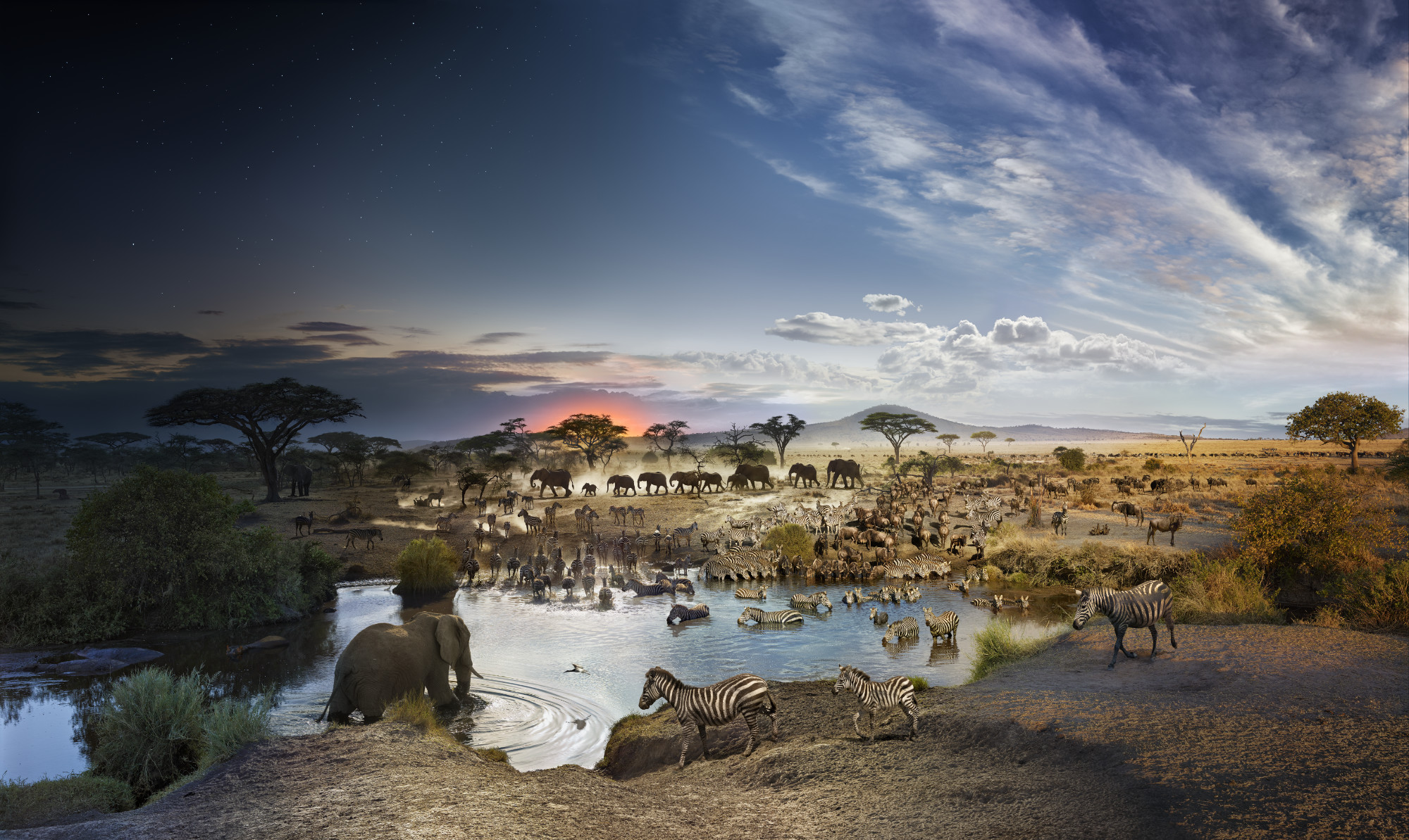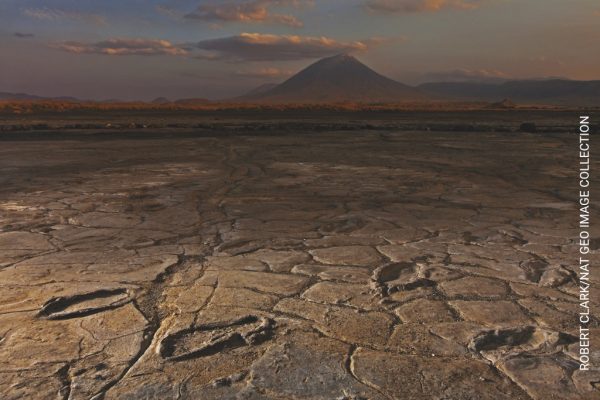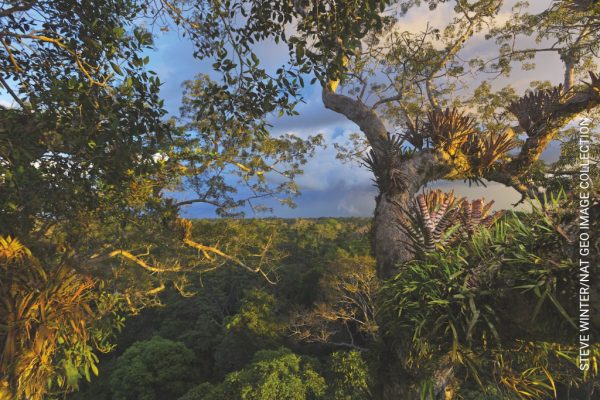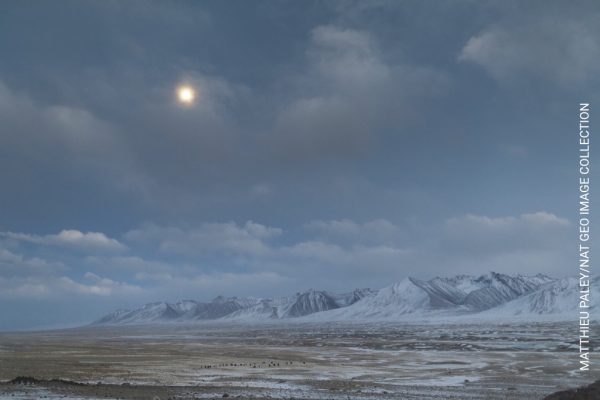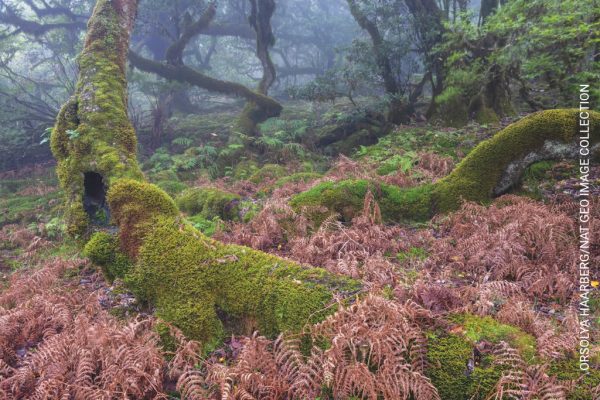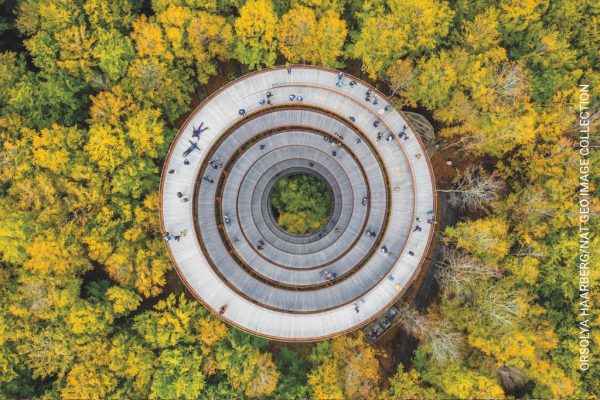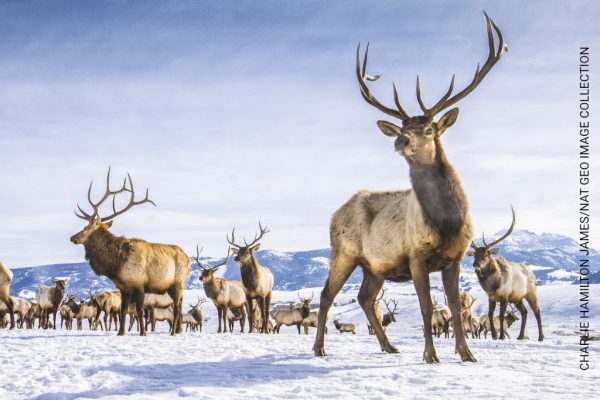Serengeti National Park, Tanzania, Day to Night™, 2015 © Stephen Wilkes
After On the Moon and beyond and Oceans, the last frontier, National Geographic and Palazzo Blu’s third major photography exhibition for the “Explore” series revolves around the exploration of the landmass, what we have discovered about our planet and what we still don’t know, the variety of life forms that inhabit it, ecosystems, and the impact of humans on the health of the environment.
Beginning with a roundup of images in which National Geographic photographers have documented the beauty and extraordinary richness of the planet’s ecosystems, from forests to volcanoes, from rugged mountains to endless grasslands, “Planet Earth” is a tale of our planet’s history and what makes it unique. This exhibition is designed to tell the story of Planet Earth and its transformations, from the natural ones, which have occurred over the geological ages, to those produced by humans, who have learned to exploit its resources for their own benefit and – from the introduction of agriculture in the Neolithic period, and then with the gradual acceleration of the industrial revolution – have shaped the planet in their own image. It has been 70.000 years since Homo sapiens left the heart of Africa. Since then, our species has colonized every corner of the planet, exploring and inhabiting even the most extreme environments. With Planet Earth, we also trace our evolution, through images of the stages that led our ancestors to leave traces of the development of civilization, art, and culture. Today however with eight billion humans our impact on the health of the environment is overwhelming. We are altering ecosystems, changing the climate, reducing pristine areas year by year for our need for farmland, raw materials, and energy, threatening the existence of thousands of species. “Planet Earth” also explores the relationship between humans and nature, and examines the solutions we can bring into play to reduce the effects of development on the fragility of the planet. Because the beauty that surrounds us is vulnerable, and it is our duty to protect it for the well-being of future generations.
National Geographic
National Geographic Society is a globally operating nonprofit organization that uses the power of science, exploration, education and storytelling to enlighten and protect the wonders of our world. For more than 130 years, we have been documenting our extraordinary planet and everything in it.
National Geographic chronicles the world’s adventures, cultures and most pristine places through exhibitions, experiences and live events designed for audiences of all ages. From large-scale, interactive photography exhibitions to smaller ones, National Geographic partners with national and international museums, science centers, universities and galleries to open a window to the world.
For more information about National Geographic exhibitions visit natgeo.org/exhibitions.


